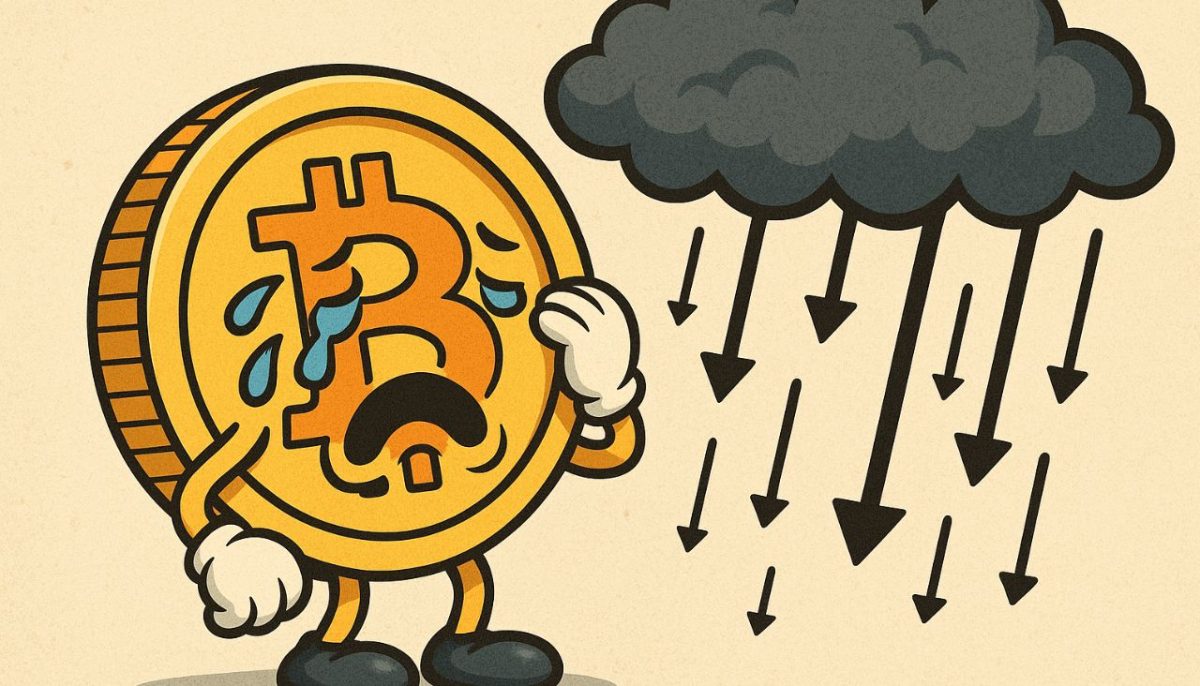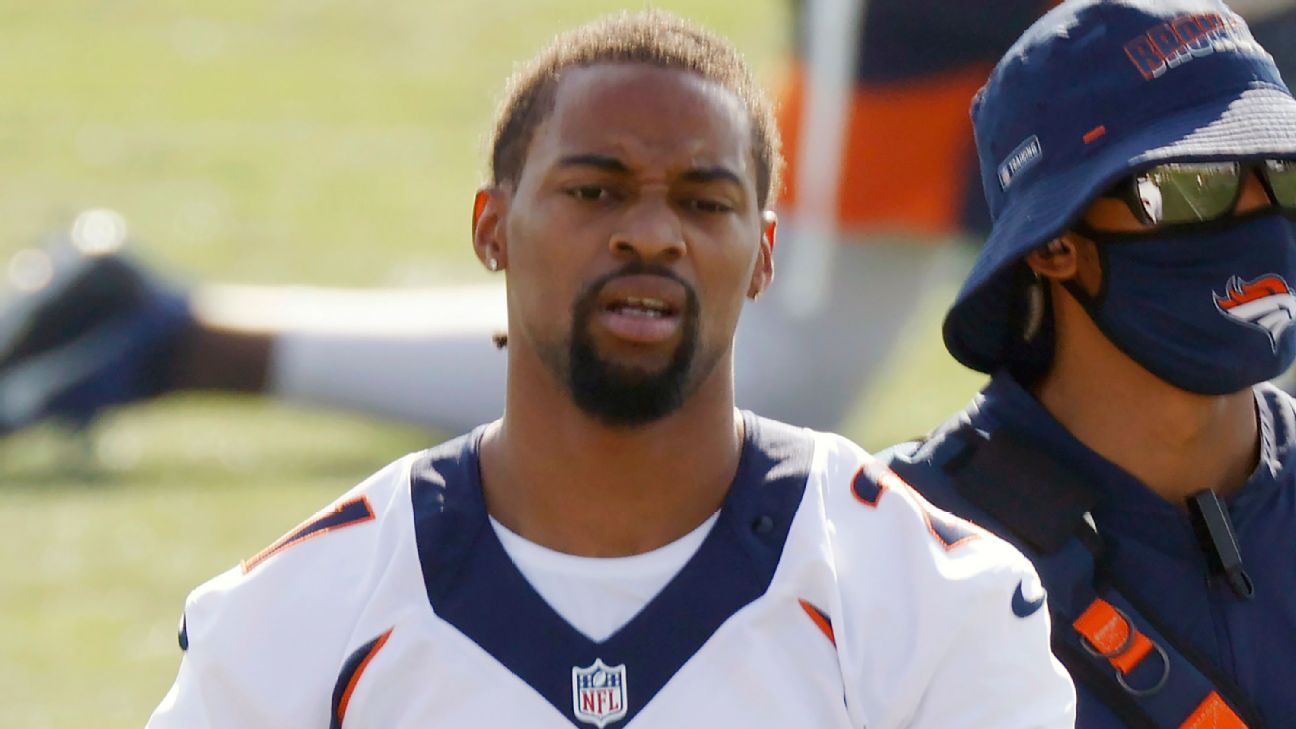How streaming TV is using Halloween in the battle for subscribers and advertisers
Spooky streaming efforts look to woo subscribers and pre-holiday advertisers.

Declining subscriber numbers, slowing revenue growth, market saturation and an impending recession—sounds like the plot of “Nightmare on Streamer Street,” but it is the reality facing the various players in streaming TV. As major platforms seek relief from a sinister year, the likes of Michael Myers, Pinhead and Chucky may serve as unlikely heroes.
Hulu, Peacock and Shudder, among others, have ramped up their efforts around the spooky season with in-app hubs that serve up interactive playlists of frightful content. The horror-off is meant not only as a subscriber pull, but also a way to usher in holiday shopping ads—which traditionally began to spike around Thankgiving and Black Friday—earlier than ever.
Kicking off year-end commerce, “Halloween becomes a much bigger play because it is the content, the sponsorship opportunity, that leads into shopping season,” one media buyer told Ad Age. “It’s a prelude leading into shopping as people shop earlier and earlier for the holidays.”
Another buyer said that streamers “struggling to grow their audiences” are wise to focus on Halloween, given that “one of the ways of [attracting viewers], at least historically, has been to do some good holiday stuff—it breaks out and it’s a little bit more noticeable.”
Hulu Senior VP and Head of Marketing Scott Donaton said the platform’s yearly Huluween takeover “might be the biggest dedicated thing that we do in the year.” While he noted year-end holidays also drum up significant interest for original movies, Huluween stands out “in terms of the ambition and scope of how we approach it and the fact that it is pretty much a month-long celebration that cuts across so many areas. I don’t know that there really is an equivalent.”
This year’s Huluween, Hulu’s fifth edition, features a remake of horror classic “Hellraiser,” plus a curated selection of films and themed TV episodes in an on-app hub. The hub also connects audiences with content fit to their tastes through buttons labeled “scary,” “very scary” and “very very scary.” There are also Huluween takeovers of Hulu’s social media accounts and promotional content, as well as in-person activations planned for Los Angeles and Salem, Massachusetts.
Last year’s Huluween content hub was visited by 75% of the platform’s active users, who consumed 7.2 billion minutes of content, according to data from Hulu-owner Disney. The number was a 15% increase from 2020’s Huluween, a trend that will likely continue as entertainment companies continue to shift priority to their streaming businesses.
A recent SambaTV and The Harris Poll survey found that less than half of U.S. adults subscribe to a monthly cable TV package, compared to 79% who have streaming subscriptions. And streaming may become an increasingly valuable resource for brands during holidays as cross-screen interaction and shoppable advertising further develop.
Hulu sells dedicated sponsorship inventory for its Huluween programming and hub. Apothic Wines is one of this year’s presenting sponsors, its third year as a Huluween partner. The deal puts Apothic’s logo throughout the in-app hub and content tabs, plus pre- and mid-roll advertising and a 10-second integration within Huluween content.
Apothic Senior Director of Marketing Adrienne Daniels said that in combination with the brand’s pre-existing association with spookery—October is its highest-volume month, according to Daniels—the brand is a recurring partner due to “the reach and content” Huluween provides its advertisers. Daniels noted Apothic’s consumer base has a natural crossover with Huluween fans and that the sponsor position allows it to deliver bespoke content where Apothic fans are consuming media.
While linear TV has also long implemented Halloween slates—see, for instance, Freeform’s “31 Nights of Halloween”—Donaton said streaming presents a new opportunity in that it can attract holiday viewers with a personalized, interactive and on-demand experience.
“[Halloween] is streaming at its best,” said Donaton. “The ability of streaming to personalize and to offer up what you’re looking for on your timeframe is the overall strength of streaming that clearly comes into play in a moment like this.”
While Hulu’s programming mostly skews in favor of adult audiences, Disney Advertising data, inclusive of its various channels and platforms, shows that 88% of its audience watches family-friendly programming across the company’s linear and streaming properties, such as “Hocus Pocus 2,” which Disney declared its top-performing Disney+ release to date based on viewership hours within its first three days.
A decidedly more adult-oriented platform for terror lovers is AMC Networks’ Shudder, which specializes in horror year-round. Craig Engler, Shudder’s general manager, said that despite the platform’s always-on Halloween mentality, the holiday is still its biggest subscriber draw each year. Halloween programming hits Shudder on Aug. 1, ramping up to the beginning of September when it begins its “61 Days of Halloween” programming block, which stretches to Oct. 31.
“We actually think of Halloween as a small season unto itself,” said Engler. The platform programs consistent stunts throughout the month, such as an Oct. 1 secret screening of Dario Argento’s “Dark Glasses,” the horror master’s first film in a decade, via its linear stream—two weeks before its official on-demand streaming premiere on the platform. As of writing, efforts including this and the Halloween countdown series “The 101 Scariest Horror Movie Moments of All Time,” which Shudder said is its biggest launch in the past two years, have already increased October viewership by 30% compared to 2021, according to data from AMC Networks.
Shudder’s strategy for retaining its new October subscribers is to follow its Halloween-centric slate, which Engler said favors pure slash-and-hack horror, with terrors tied to the holidays that follow, such as an upcoming Thanksgiving horror film called “Blood Relatives.” (The platform’s second biggest programming push of the year come in April with Shudder’s “Halfway to Halloween” block.)
NBCUniversal’s Peacock has also primed its Halloween hub—accessed through a dedicated button on the app’s menu—for maximum subscriber draw, centered around the upcoming Universal film “Halloween Ends.” On its 2021 third-quarter earnings call, Comcast CEO Brian Roberts revealed the same strategy for its predecessor “Halloween Kills” had resulted in the best-performing non-live premiere to date on the platform. “Halloween Ends,” the conclusion to the recent revival trilogy of the ultimate October flick, hits Peacock today alongside its theatrical release.
Brian Henderson, executive VP of programming at Peacock, said the platform continued its same-day streaming strategy for “Halloween Ends” with enthusiasm “especially after the consumer excitement we saw last year with ‘Halloween Kills.’” In combination with the rest of Peacock’s Halloween hub, including a gamified movie-picker called “Peacock Halloween Nightmare,” the offering is “basically a whole pillowcase full of trick-or-treat candy,” said Henderson.

 Lynk
Lynk 































